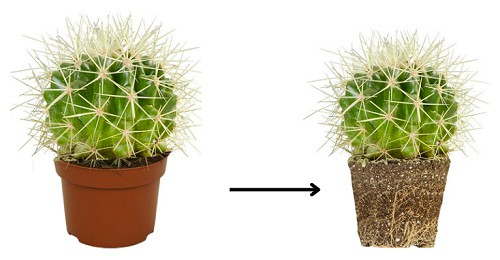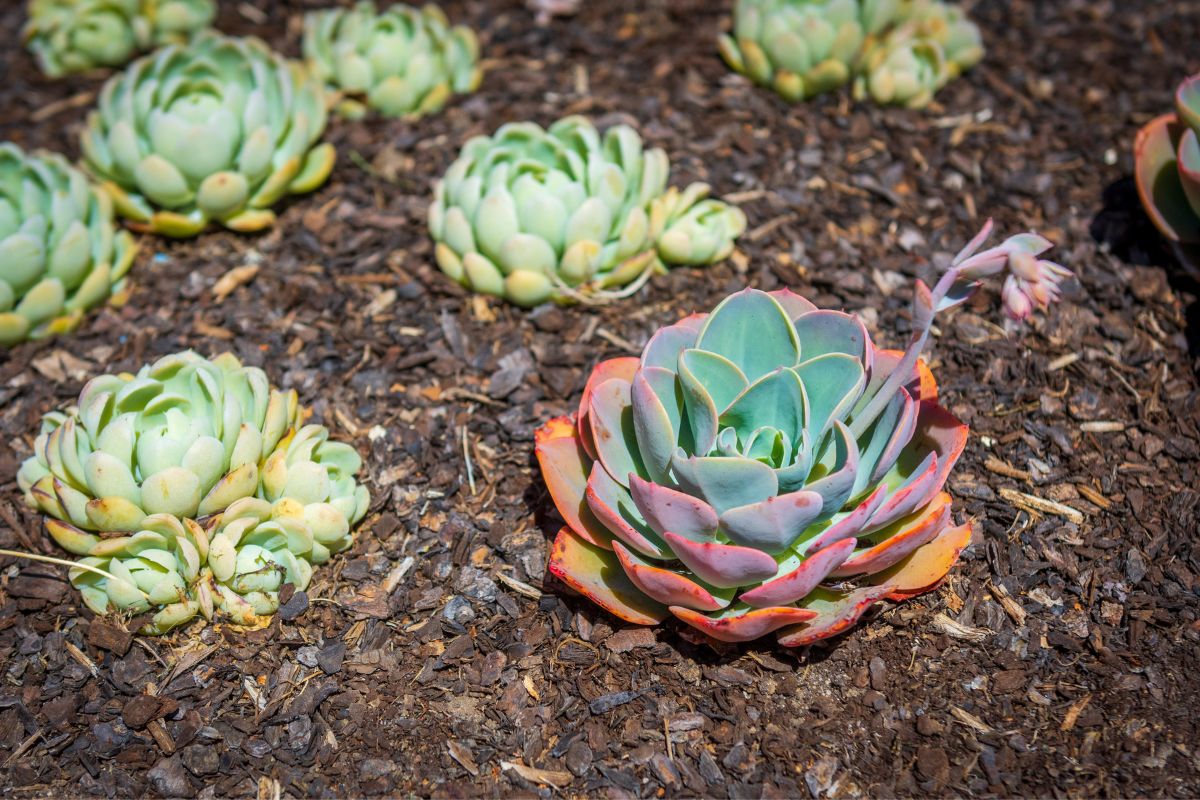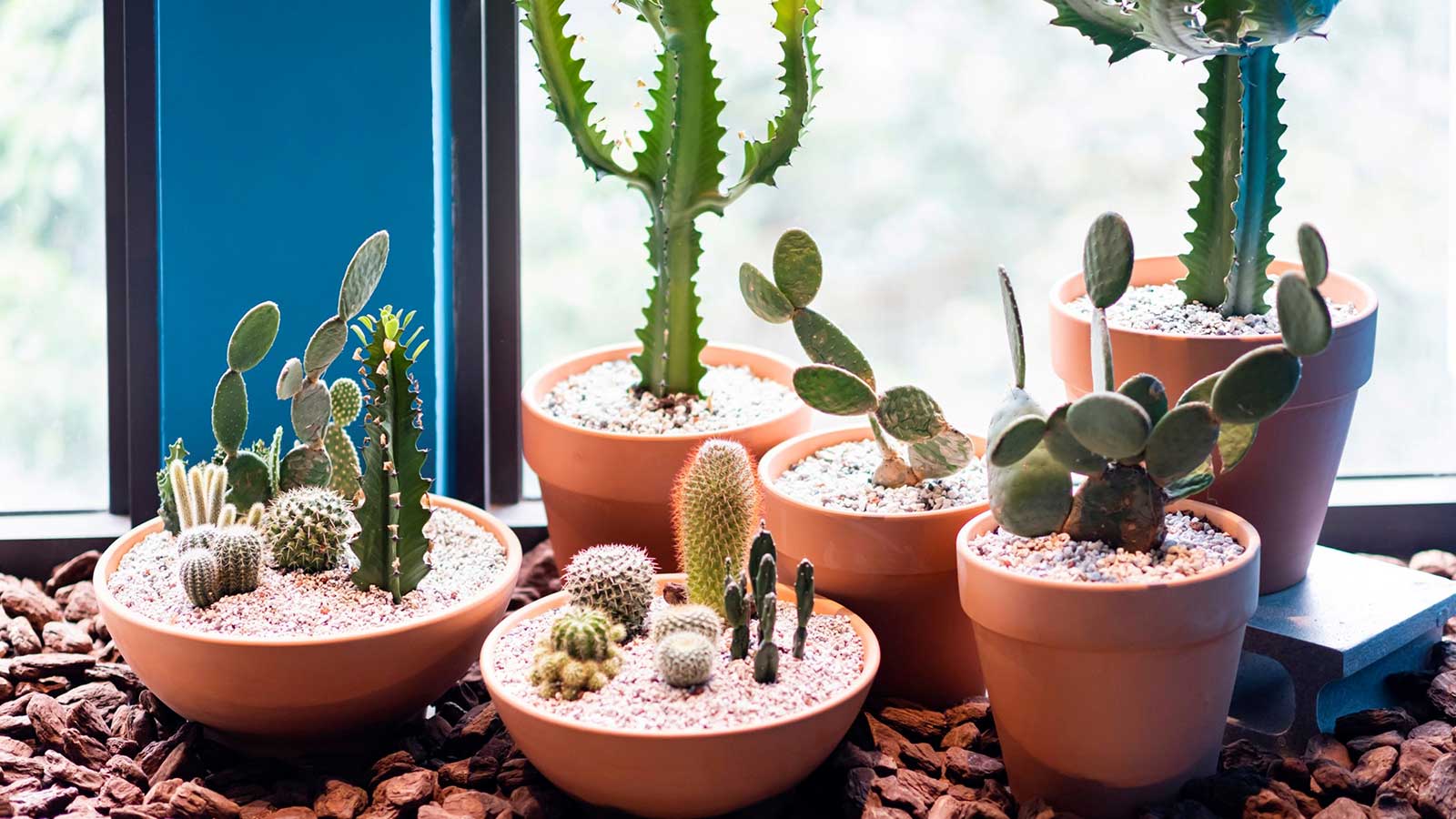Why Replanting a Cactus is Necessary
Replanting a cactus is a crucial process that can breathe new life into a struggling plant. Over time, a cactus can outgrow its container, leading to a decrease in soil quality and an increased risk of root bound. This can cause the plant to become stressed, making it more susceptible to disease and pests. Additionally, a cactus may require a change in soil or environment to thrive, making replanting a necessary step in its care.
When a cactus is pot-bound, the roots can become circling or growing out of the container, which can lead to a decrease in plant growth and health. Replanting a cactus in a larger container with fresh, well-draining soil can provide the roots with the room they need to grow and absorb essential nutrients. Furthermore, replanting can also provide an opportunity to inspect the roots and remove any dead or damaged tissue, promoting healthy growth and development.
It’s essential to recognize the signs that indicate a cactus needs to be replanted. These can include the plant becoming top-heavy and prone to tipping over, the soil becoming packed and depleted of nutrients, or the cactus showing signs of disease or pests. By replanting a cactus, you can provide it with a fresh start and give it the best chance to thrive.
So, how do you replant a cactus? The process may seem daunting, but with the right techniques and materials, it can be a straightforward and rewarding experience. By understanding the reasons why replanting is necessary and the benefits it can provide, you can take the first step towards giving your cactus the care it needs to flourish.
Choosing the Right Time to Replant
When it comes to replanting a cactus, timing is everything. Replanting at the right time can make all the difference in the success of the process. So, how do you know when it’s the right time to replant your cactus?
The best time to replant a cactus depends on the plant’s dormant period and active growth season. Most cacti go dormant during the winter months, and replanting during this time can cause unnecessary stress to the plant. It’s best to wait until the plant is actively growing, usually during the spring or summer months, when the temperatures are warm and the days are long.
Another important factor to consider is the temperature and humidity conditions. Cacti prefer warm temperatures between 65-75°F (18-24°C) and low humidity. Replanting in extreme temperatures or humid conditions can cause the plant to become stressed, making it more susceptible to disease and pests.
In addition to considering the plant’s dormant period and active growth season, it’s also essential to choose a time when the plant is not under stress. Avoid replanting a cactus that is already stressed due to disease, pests, or environmental factors. This can cause the plant to become even more stressed, making it more challenging for it to recover.
By choosing the right time to replant your cactus, you can give it the best chance to thrive. Remember to consider the plant’s dormant period, active growth season, and optimal temperature and humidity conditions. With proper timing and care, your cactus can recover from replanting and continue to grow and flourish.
Preparing the Cactus for Replanting
Before replanting a cactus, it’s essential to prepare the plant properly to ensure a successful transition. This involves removing the old soil, inspecting the roots, and trimming old or damaged roots. By taking these steps, you can help your cactus recover from replanting and thrive in its new environment.
To start, carefully remove the cactus from its pot, taking care not to damage the roots or disturb the plant’s sensitive tissues. Gently brush away the old soil from the roots, using a soft-bristled brush or a gentle stream of water. This will help to loosen any compacted soil and allow you to inspect the roots more easily.
Next, inspect the roots for any signs of damage or disease. Check for any soft or rotting roots, and trim them away using a pair of sterile scissors or pruning shears. This will help to prevent the spread of disease and encourage healthy growth.
After inspecting and trimming the roots, use a gentle stream of water to rinse away any remaining old soil or debris. This will help to clean the roots and prepare them for replanting.
Finally, use a soft-bristled brush to gently remove any remaining old soil or debris from the cactus’s stems and leaves. This will help to prevent any dirt or debris from being transferred to the new pot and causing problems for the plant.
By following these steps, you can help to prepare your cactus for replanting and give it the best chance to thrive in its new environment. Remember to handle the roots with care, and avoid damaging the plant’s sensitive tissues. With proper preparation and care, your cactus can recover from replanting and continue to grow and flourish.
Selecting the Perfect Potting Mix
When it comes to replanting a cactus, choosing the right potting mix is crucial for the plant’s success. A well-draining potting mix specifically designed for cacti is essential to prevent waterlogged soil and root rot. So, how do you select the perfect potting mix for your cactus?
Look for a potting mix that is designed specifically for cacti and succulents. These mixes are usually formulated to drain excess water quickly, preventing waterlogged soil and root rot. Some popular potting mixes for cacti include Miracle-Gro Cactus, Palm & Citrus Potting Mix and Black Gold Cactus Mix.
When selecting a potting mix, make sure to read the ingredient list and look for the following characteristics:
- High sand content: Cacti prefer well-draining soil, and a high sand content will help to prevent waterlogged soil.
- Low organic matter: Cacti don’t require a lot of organic matter, and a low content will help to prevent the growth of fungi and bacteria.
- Good aeration: Cacti need oxygen to thrive, and a potting mix with good aeration will help to provide this.
By choosing the right potting mix, you can help to ensure the success of your cactus replanting. Remember to select a mix that is specifically designed for cacti and succulents, and look for the characteristics mentioned above.
In addition to choosing the right potting mix, it’s also important to consider the pH level of the mix. Most cacti prefer a slightly acidic to neutral soil pH, ranging from 6.0 to 7.0. Make sure to check the pH level of the potting mix and adjust it if necessary.
The Replanting Process: A Step-by-Step Guide
Now that you have prepared your cactus for replanting and selected the perfect potting mix, it’s time to begin the replanting process. This step-by-step guide will walk you through the process of replanting a cactus, from handling the roots to adding fresh potting mix.
Step 1: Handle the Roots with Care
When handling the roots of your cactus, it’s essential to be gentle to avoid damaging them. Use a soft-bristled brush or a gentle stream of water to remove any remaining old soil or debris from the roots.
Step 2: Place the Cactus in the New Pot
Carefully place the cactus in the new pot, making sure not to damage the roots or disturb the plant’s sensitive tissues. If necessary, use a small amount of potting mix to support the cactus and keep it upright.
Step 3: Add Fresh Potting Mix
Fill the new pot with fresh potting mix, gently firming it around the roots as you go. Make sure to leave enough space between the soil surface and the top of the pot for watering.
Step 4: Water the Cactus
Water the cactus thoroughly after replanting, making sure the potting mix is moist but not waterlogged. This will help the cactus settle into its new environment and reduce the risk of shock.
Step 5: Provide Adequate Light and Temperature Conditions
Place the cactus in a location with bright, indirect light and maintain a consistent temperature between 65-75°F (18-24°C). This will help the cactus recover from replanting and promote healthy growth.
By following these steps, you can successfully replant your cactus and give it a second chance at a happy and healthy life. Remember to handle the roots with care, provide adequate light and temperature conditions, and water the cactus thoroughly after replanting.
Post-Replanting Care: Tips for a Healthy Recovery
After replanting your cactus, it’s essential to provide the right care to ensure a healthy recovery. This includes watering, fertilizing, and providing adequate light and temperature conditions. By following these tips, you can help your cactus thrive in its new environment.
Watering: Water your cactus sparingly after replanting, as the roots may be sensitive. Watering once a week is usually sufficient, but this may vary depending on the humidity and temperature of your environment. Make sure the potting mix is moist but not waterlogged, as this can cause root rot.
Fertilizing: Fertilize your cactus during the growing season (spring and summer) with a balanced, water-soluble fertilizer. Dilute the fertilizer to half the recommended strength to avoid burning the roots. You can also use a fertilizer specifically designed for cacti and succulents, which will provide the necessary nutrients for healthy growth.
Light and Temperature: Provide your cactus with bright, indirect light, but avoid direct sunlight, which can cause burning. Maintain a consistent temperature between 65-75°F (18-24°C) during the day and around 55-65°F (13-18°C) at night. This will help your cactus recover from replanting and promote healthy growth.
Humidity: Maintain a relatively low humidity environment, around 40-50%. You can use a humidifier or group plants together to create a microclimate. However, be careful not to over-humidify, as this can cause root rot and other problems.
Pruning: Prune your cactus regularly to maintain its shape and promote healthy growth. Remove any dead or damaged segments, and trim back overgrown stems to encourage new growth.
By following these post-replanting care tips, you can help your cactus recover from replanting and thrive in its new environment. Remember to be patient, as it may take some time for your cactus to adjust to its new surroundings.
Common Mistakes to Avoid When Replanting a Cactus
When replanting a cactus, it’s essential to avoid common mistakes that can cause stress, disease, or even death. By being aware of these mistakes, you can take steps to prevent them and ensure a successful replanting process.
Over-Watering: One of the most common mistakes when replanting a cactus is over-watering. Cacti are adapted to dry conditions and can rot if the soil is too moist. Make sure to water sparingly, and only when the soil is dry to the touch.
Under-Watering: On the other hand, under-watering can also be detrimental to a cactus. If the soil is too dry for an extended period, the cactus may become stressed and vulnerable to disease. Make sure to water regularly, but avoid over-watering.
Exposing to Extreme Temperatures: Cacti are sensitive to extreme temperatures, and exposing them to temperatures above 90°F (32°C) or below 50°F (10°C) can cause stress and damage. Make sure to keep your cactus in a location with a consistent temperature between 65-75°F (18-24°C).
Using the Wrong Potting Mix: Using a potting mix that is not specifically designed for cacti can cause problems. Cacti require a well-draining potting mix that is designed to prevent waterlogging and root rot. Make sure to use a potting mix that is specifically designed for cacti and succulents.
Not Providing Enough Light: Cacti require bright, indirect light to photosynthesize and grow. Make sure to provide your cactus with enough light, but avoid direct sunlight, which can cause burning.
By avoiding these common mistakes, you can ensure a successful replanting process and give your cactus the best chance to thrive. Remember to be patient, as replanting can be a stressful process for cacti, and it may take some time for your cactus to adjust to its new environment.
Conclusion: Giving Your Cactus a Second Chance
Replanting a cactus can be a daunting task, but with the right techniques and care, you can give your cactus a second chance at a happy and healthy life. By following the steps outlined in this article, you can ensure a successful replanting process and help your cactus thrive in its new environment.
Remember, replanting a cactus is not just about giving it a new pot and some fresh soil. It’s about providing the right conditions for growth and health, and taking the time to care for your cactus properly. By doing so, you can enjoy the beauty and benefits of your cactus for years to come.
So, if you’re considering replanting your cactus, don’t be afraid to take the plunge. With a little patience and care, you can give your cactus the second chance it deserves. And if you’re new to cactus care, don’t worry – with the right guidance and techniques, you can become a cactus expert in no time.
In conclusion, replanting a cactus is a process that requires care, patience, and attention to detail. But with the right techniques and care, you can give your cactus a second chance at a happy and healthy life. So, go ahead and give your cactus the care it deserves – it will thank you for it!







